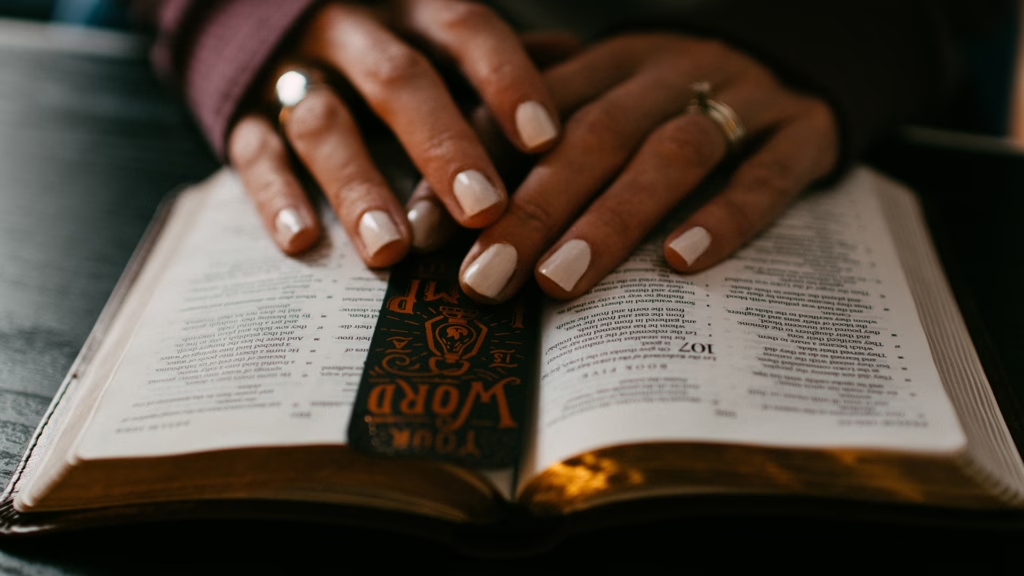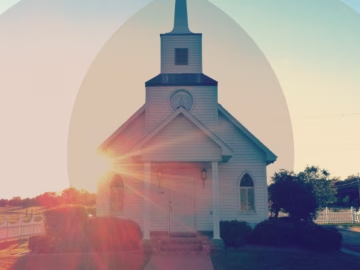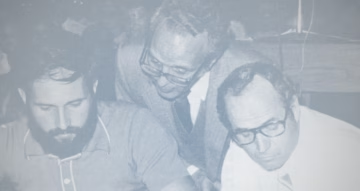
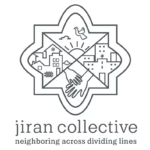
Jiran Collective had its usual crowd of about thirty-ish people seated in the rows of folding chairs that evening: Arabs – both U.S.-born and immigrants – and European-Americans. Some are Christian, some Muslim, and others find themselves somewhere in between. Jiran (which translates to “neighbor”) is an environment where all are welcome to bring their voice to the table in our bilingual gathering to praise Jesus, pray, and explore Bible stories.
I was the storyteller that night and Malik* was my translator. While telling the story of the Samaritan woman at the well in John 4 – an outcast even among outcasts – I noticed the tears that were forming in Malik’s eyes. Suddenly, I remembered his story. Always a bit different from his own family, his rejection was completed when he decided to follow Jesus. Living in Iraq (where Christianity is permitted but religious conversion is illegal) he couldn’t find a church that would accept him into their fold for fear of repercussion from the government and Muslim community. Even when he was finally able to move to the U.S., the cultural differences were a heavy burden as he joined church life here.
Malik’s life and perspective brought new insights to the Bible story that I was telling. As I watched everyone interact with the Scripture informed by their own cultural experiences, I pictured the body of Christ bringing together eye and foot and hand and shoulder. (1 Cor 12:12-27)
Scripture’s Case for Multiculturalism
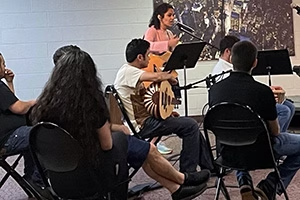
The Bible tells us that mankind was made in the image of God. And then the Bible continues to tell us about who God is: Father, Son, and Holy Spirit – three diverse persons unified in one divine being. This concept has been hard for theologians and scholars to understand and explain. This unified diversity has been even harder for the world to practice. The image of God that mankind was created in has been broken, but Jesus came to heal our brokenness. As God restores his image in us, the vision for the church is to become more and more the image of God – diversity unified.
Jesus faced this challenge during his earthly ministry. His disciples came from many different walks of life. A Roman accomplice (the tax collector Matthew), someone seeking to violently overthrow the Roman government (Simon the Zealot), fishermen, women, and so many more; Jesus brought these different people together in ways that weren’t always comfortable for them. No wonder Jesus prayed for us in his High Priestly prayer “that they may all be one, just as you, Father, are in me, and I in you, that they also may be in us.” (John 17:21) He knows firsthand how difficult humanity finds unity.
Christian unity was challenged early on with the introduction of the Gentiles and the question as to whether they needed to convert to Judaism. But the Jerusalem Council (Acts 15) decided against this conversion, allowing the image of God to be restored in each culture and the Church becoming the diversity unified that we see in the Godhead. One day we will see this image perfectly displayed as every tribe, nation, and tongue praises Jesus all together.
God Revealed to All, Through All
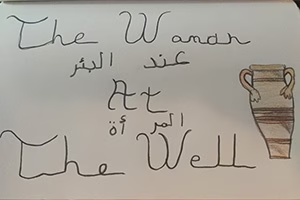
“What do we learn about the woman that she left her waterpot before going back into the city?” I asked to the Jiran group that night.
“When I was young,” answered one older woman in hijab, “I had to get water from a well. That water was for everyone in my family to survive. This woman is bringing back Jesus’ water to her city instead.”
It wasn’t an answer that I expected to hear, and it opened a new dimension in the story for me and the others at the gathering. Her answer led to further and deeper conversation about the water that Jesus offers. That discussion was not only a testimony of witness to the Muslims in our midst but also an inspiration to me about how the Spirit of God moves in and through each culture, showing the grace and truth of Jesus.
Diversity exists in every community. For some, like Jiran, the diversity comes from different cultures; for others, it may be diversity in economic class, education, or physical and mental disability. Inviting everyone to have a voice as we discuss the Bible, praise God, and give testimony can open our eyes to our own blind spots and reveal the image of God in all people.
*name changed
